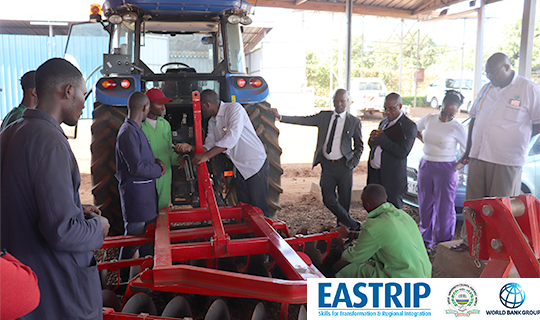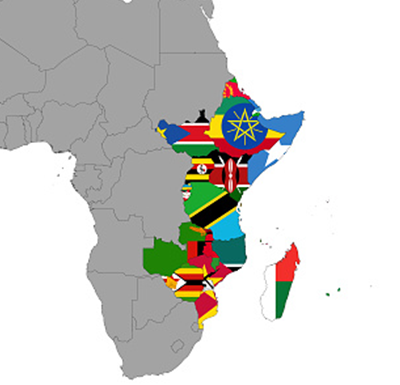What the TVETs are Expected to Achieve?
By the end of the six-year investment period, 16 institutes will have at least doubled their capacity and can collectively
enroll 20,000 students on an annual basis in both long-term and short term training programs in the targeted disciplines.
Cumulatively, the project will have directly benefitted close to 60,000 students. It is also projected that at least 30
percent of the enrollment will be female students. At least 310 staff will benefit from industrial attachment programs
and 230 staff will benefit from foreign exchange program at the end of the project. Employers in the targeted
industries will also benefit from an expanded and more qualified pool of skilled labor.
In addition to the 16 regional TVET centers, the project’s institutional beneficiaries also include nistry of
Education, the Federal TVET Agency, and Occupational and Competency Assessment and Certification
Center in Ethiopia; Ministry of Education, Science & Technology, TVET Authority, Curriculum Development
Assessment and Certification Council (TVET CDACC) in Kenya; and Ministry of Education, Science & Technology
(MoEST), National Council for Technical Education (NACTE), Vocational Education & Training Authority
(VETA), and Tanzania Commission for Universities (TCU).
Furthermore, regional initiatives financed by the project, including an annual regional skills competition
as well as incubation of a regional TVET council will help promote TVET in the region.











